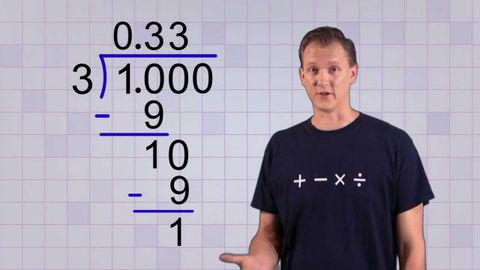数学のアンチティクス - 任意の分数の変換 (Math Antics - Converting Any Fraction)
Yassion Liu が 2021 年 01 月 14 日 に投稿  この条件に一致する単語はありません
この条件に一致する単語はありません- v.t./i.出場する;計算する;思う;思う
- n.姿 : 体形;数字;人物像;図表;著名人;姿の輪郭;数字
- n. (c./u.)模範 : 見本;模様 : 柄;様式;規則性;型紙
- v.t.模倣する;模様をつける
US /ˌrɛkəˈmɛnd/
・
UK /ˌrekə'mend/
US /prɪˈtɛnd/
・
UK /prɪ'tend/
- v.t./i.ふりをする
- adj.見せかけの : 偽りの
- n. (c./u.)見せかけ : 偽り
エネルギーを使用
すべての単語を解除
発音・解説・フィルター機能を解除

